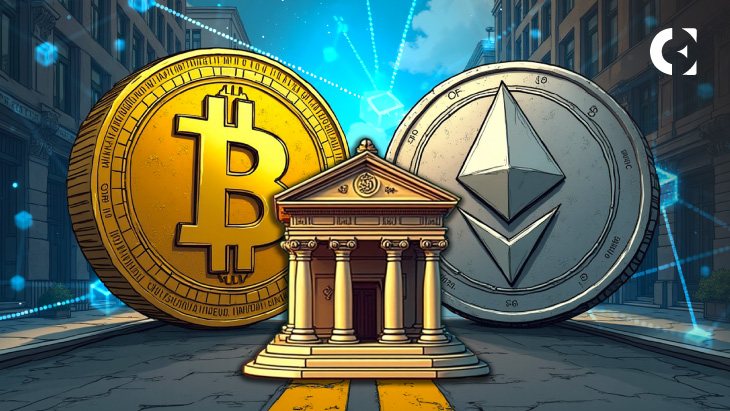- Robinhood holds $232B in platform assets and added 120K new accounts in April 2025.
- Raoul Pal says tokenized assets and crypto rails will underpin future capital markets.
- Blockchain could scale to support a $100 trillion global financial system, blending TradFi with DeFi.
Robinhood’s zero-fee model fundamentally altered how millions approach investing. In a recent podcast with investor Raoul Pal, Robinhood co-founder Vlad Tenev recounted how the platform, drawing inspiration from tech giants like Instagram and Uber, reimagined finance as a mobile-first experience. This approach provided users with a fast and inexpensive way to access assets. This shift helped create the “retail trader” movement that exploded during the COVID-19 era.
Since its crypto launch in 2018, Robinhood has grown into a major entry point for new traders. In 2020, it saw a dramatic surge in crypto revenue. Tenev said demand skyrocketed overnight. Raoul Pal credited the platform’s structure for onboarding millions into markets they had never touched before. This access altered the investing landscape, empowering a generation to participate in both traditional and digital assets.
As of April 2025, Robinhood holds $232 billion in total platform assets and added around 120,000 funded accounts that month. The company now serves 25.9 million customers. Its stock has surged nearly 70% since the start of the year, supported by strong financial performance and the announced acquisition of WonderFi. These milestones underline Robinhood’s ongoing role in transforming access to financial markets.
Blockchain and Tokenization Seen as Next Financial Foundation
The conversation between Raoul Pal and Vlad Tenev also explored how blockchain technology is poised to redefine global finance. Tenev outlined Robinhood’s long-term roadmap, highlighting the importance of tokenization. He said the company plans to explore how tokenized assets, including equities and funds, could increase asset portability and reduce costs.
Pal emphasized that blockchains offer the technical rails for this transition. From his view, financial services are being rebuilt from the ground up. He said the tokenization of everything—stocks, real estate, even social capital—will unlock new capital formation methods. On-chain finance, in his words, will become the foundation for the global economy.
Robinhood Prepares with AI and Enhanced User Experience
Robinhood’s internal AI tools, such as Cortex, are already preparing for that future. The company has begun testing features that blend AI and crypto, which Tenev believes could eventually allow users to manage tokenized portfolios with enhanced UX and smarter trade execution.
He added that this won’t be limited to “chatbox” tools, suggesting more advanced interfaces are in development.
$100 Trillion Market Could Be Realized Through Crypto
Toward the end of the episode, Pal asked whether crypto could grow into a $100 trillion ecosystem. Tenev didn’t offer a timeline but agreed that blockchain enables scalable capital flows. They noted how platforms like Robinhood introduced millions to speculative assets, creating behavioral momentum that could persist across future financial products.
Pal pointed out that if crypto rails support all capital—traditional and digital—then the total market size could reflect the entire global financial system. He said the future might not be about replacing TradFi but rebuilding it on-chain.
As tokenization expands and regulation clarifies, blockchains may no longer represent a niche. Instead, they could become the infrastructure behind every financial transaction, from AI-generated hedge funds to retail stock trades.
Disclaimer: The information presented in this article is for informational and educational purposes only. The article does not constitute financial advice or advice of any kind. Coin Edition is not responsible for any losses incurred as a result of the utilization of content, products, or services mentioned. Readers are advised to exercise caution before taking any action related to the company.









